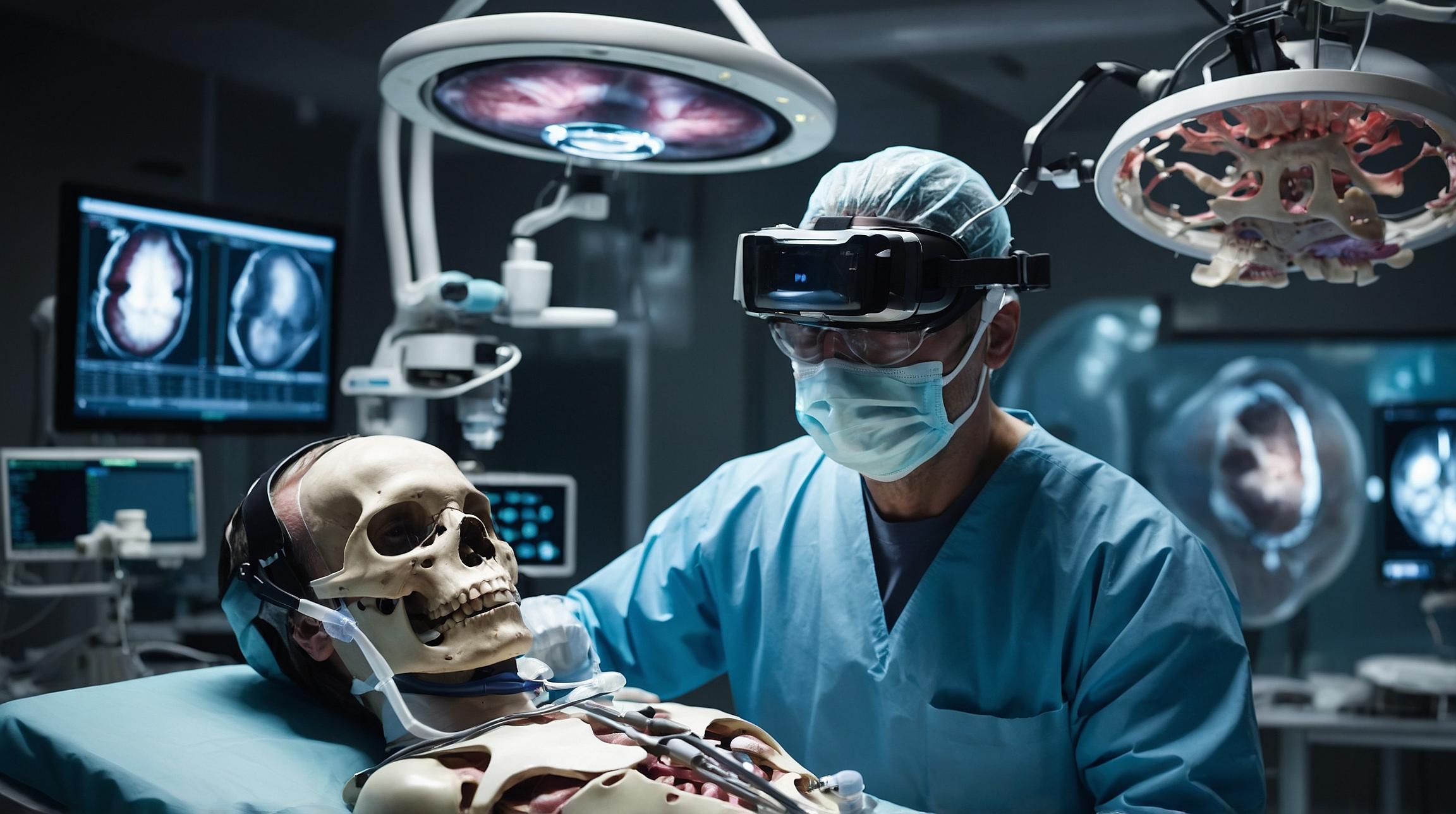Innovation vs. Inclusion: Understanding the Apple Vision Pro
The recent launch of the Apple Vision Pro has created quite a buzz in the tech world. This virtual reality headset promises a revolutionary experience, but there’s an important question that needs to be asked – who is it designed for?
A quick search through social media posts reveals that early adopters of the Apple Vision Pro are overwhelmingly male and predominantly white. This raises concerns about inclusivity and how the technology fits into the daily lives of women, people of color, and other marginalized groups.
Unfortunately, wearable tech has a history of racial and gender biases. Research has shown that artificial intelligence systems are plagued with bias and discrimination, reflecting and amplifying real-world inequalities. This raises concerns about equal opportunities for all in the realm of new technology.
The issue lies in the fact that tech design often operates under the assumption that masculinity is the norm. The narrow user focus of the Apple Vision Pro further reinforces this bias.
The launch of the Vision Pro has been likened to the release of Pokémon Go, a game that pushed the boundaries of acceptable tech usage in public spaces. This usage had profound implications for marginalized groups. Similarly, videos showcasing the Vision Pro in action primarily feature tech enthusiasts in well-designed home studios or major U.S. cities, leaving out a large portion of the population with limited access to such technology.
Experts acknowledge that while the Vision Pro aims for inclusivity, it remains to be seen whether it truly delivers on that promise. In a society where women face high rates of sexual harassment and assault, and racial minorities continue to experience discrimination, accessibility and responsible usage of technology should be prioritized before new innovations are widespread.
The wearability of the Vision Pro is another concern highlighted by experts. Adjustments may pose challenges for those with limited fine motor skills. Apple does offer accessibility features for vision, sound, and physical controls, but there are doubts about the compatibility of the headset with diverse hairstyles.
Further issues arise with body representation on the Vision Pro. FaceTiming with the headset relies on personas that mimic the user’s body rather than displaying actual video. The limited customization options for self-expression are definitely underwhelming.
While the Vision Pro is praised as a beautiful and innovative product, it seems to follow the same pattern as previous hardware unveilings. Initial users are expected to generate hacks and modifications before the technology is adapted for a more extensive public use. This approach, however, sidelines the input of women and people of color from the start, shaping the tech landscape in a way that might be different if their perspectives were included.
At the ideation stage, decisions are made by a small subset of the population, impacting everyone. Failing to involve women and other marginalized groups means missing out on a wealth of diverse experiences and insights.
In conclusion, the Apple Vision Pro is a groundbreaking device, but its true potential will only be realized if it is developed with a strong emphasis on inclusivity from the very beginning. Innovation and inclusion must go hand in hand to ensure that technology serves as a tool for all, breaking down barriers rather than reinforcing biases.
Analyst comment
Neutral news. The launch of the Apple Vision Pro raises concerns about inclusivity and bias in wearable tech. The market response will depend on Apple’s ability to address these concerns and prioritize inclusivity in the development and usage of the product.













